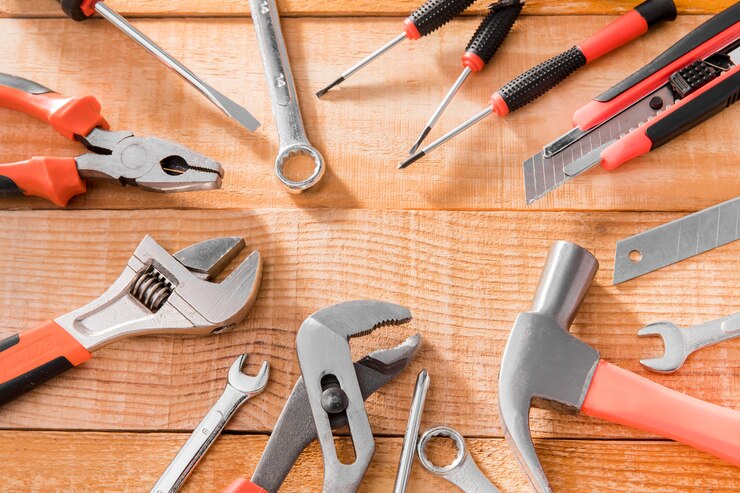In the digital age, data is king, and the ability to gather, extract, and analyze data from the web has never been more crucial. Web scraping tools have emerged as essential instruments for individuals and businesses seeking to collect structured data from websites efficiently. These tools automate the process of extracting data from web pages, allowing users to access valuable information for various purposes such as market research, competitor analysis, lead generation, and more. In this comprehensive guide, we will explore the world of web scraping tools, their functionalities, benefits, and popular options available in the market.
What are Web Scraping Tools?
Web scraping tools, also known as web data extraction or web harvesting tools, are software applications designed to extract data from websites. These tools use web crawling techniques to navigate through web pages, gather relevant information, and store it in a structured format for further analysis. By automating the data extraction process, web scraping tools save time and effort compared to manual data collection methods.
Benefits of Web Scraping Tools
- Efficiency: Web scraping tools can extract large volumes of data from multiple websites quickly and accurately, saving time and resources.
- Accuracy: By automating the data extraction process, these tools reduce the chances of human error associated with manual data collection.
- Cost-Effective: Web scraping tools eliminate the need for manual data entry, thereby reducing labor costs associated with data collection.
- Competitive Advantage: By gathering insights and information from the web, businesses can gain a competitive edge by making data-driven decisions and staying ahead of the competition.
Popular Web Scraping Tools
- Beautiful Soup: A Python library for pulling data out of HTML and XML files. It provides simple methods for navigating, searching, and modifying the parse tree.
- Scrapy: An open-source and collaborative web crawling framework for Python used for extracting the data from various websites.
- Octoparse: A user-friendly web scraping tool that offers point-and-click interfaces for easy data extraction without the need for coding.
- Import.io: An advanced web scraping tool that allows users to turn websites into structured data by creating APIs from web pages.
- WebHarvy: A visual web scraper designed to extract data from multiple web pages by selecting the data to be captured using a point-and-click interface.
Best Practices for Web Scraping
- Respect Robots.txt: Always check a website’s robots.txt file to ensure you are not violating any terms of service or scraping restrictions.
- Use Proxies: To avoid IP blocking and ensure efficient data extraction, consider using proxy servers to rotate IP addresses.
- Avoid Overloading Servers: Be mindful of the server load on the website you are scraping and avoid sending too many requests simultaneously.
- Handle Dynamic Content: Some websites use dynamic content loaded through JavaScript. Ensure your web scraping tool can handle such content for comprehensive data extraction.
Conclusion
Web scraping tools play a crucial role in extracting valuable data from the web for various purposes. From market research to lead generation, these tools offer efficiency, accuracy, and cost-effectiveness in data collection. By utilizing web scraping tools effectively and following best practices, individuals and businesses can unlock a wealth of information to make informed decisions and gain a competitive advantage in the digital landscape. Whether you are a data analyst, researcher, or business owner, incorporating web scraping tools into your workflow can revolutionize the way you access and analyze data from the vast expanse of the internet.


